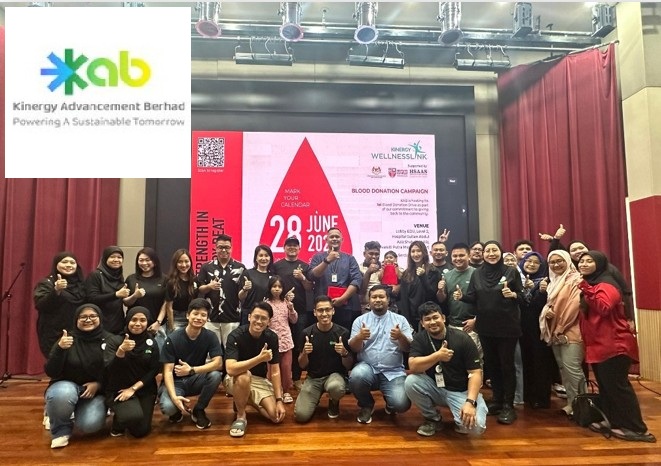KEADILAN Young Professionals Bureau chief Seah Jhen Pei noted that the emphasis on car and real estate loans in recent decades has played a role in the ringgit’s rapid depreciation against the US dollar.
He made the assertion based on Malaysia’s Manufacturing Value Added (MVA) data, which shows the country tipped more towards non-productive loans which were far more than loans for factories and new businesses that could increase production.
“For a trading country, we need a strong and sustainable manufacturing sector to produce goods for trade. Referring to our MVA data, it experienced a sharp decline from 2004 to 2019, dropping from 30% to 21% of GDP,” he said in a statement.
“On the contrary, loans accumulated by banking institutions for the real estate sector increased from 29.1% to 66% between 1997 and 2022. Until 2021, accumulated loans to the real estate sector are almost nine times that of loans to the manufacturing sector.
“In other words, as a developing country, we are producing less (for exports) with capital being withdrawn from the small and medium enterprise sector (to the non-productive sector).”
Thus, he blames the depreciation of the ringgit on the increase in loans to the non-productive sector such as real estate and cars, over the past two decades. This has led to a decline in the manufacturing sector’s contribution to GDP.
The country’s economy relies heavily on consumer spending rather than manufacturing, making it fragile.
To address this, the government advocates for the High Growth Value (HGHV) initiative emphasising the need for high-value industrial exports to stabilise growth.
He also stressed the importance of redirecting funds towards the manufacturing sector and encouraging youth involvement in productive industries. – Feb 24, 2024









